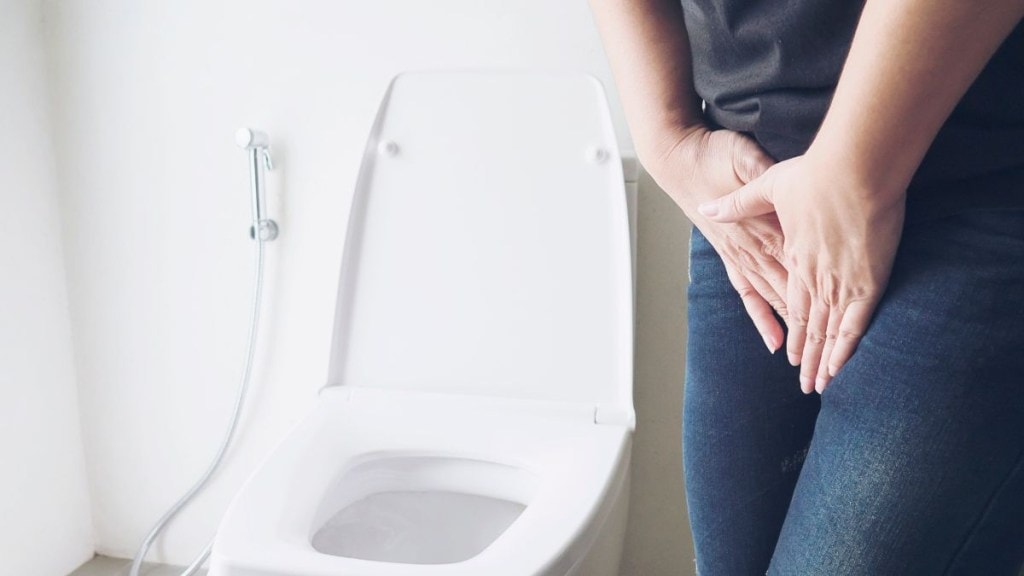If you’ve ever had a urinary tract infection (UTI), you probably know the discomfort, burning when you pee, a constant urge to run to the bathroom, and that discomfort in your lower belly. UTIs are among the most common infections, especially in women. According to the National Institute of Diabetes and Digestive and Kidney Diseases, nearly 60 per cent of women will have at least one UTI in their lifetime, and many experience them more than once.
UTI can happen after long travel days when you’ve been holding in urine during long journeys, dehydration in hot weather, using unhygienic public toilets, or even after certain personal habits or low immunity. Most of the time, a short course of antibiotics makes you feel better. But what if those symptoms keep coming back or never really go away?
But sometimes, what feels like a stubborn UTI may actually be something more serious. Dr. Ayan Dey, Consultant Nephrologist and Transplant Physician at P. D. Hinduja Hospital & Medical Research Centre, says not all burning, urgency, or abdominal pain is caused by an infection. “In some cases, these symptoms can be early signs of kidney, prostate, or bladder cancer,” he explains.
How cancer can look like a UTI
Both kidney and bladder cancers can cause symptoms very similar to a UTI. The most important red flag, according to Dr. Dey is blood in the urine, even if it appears only once. In medical terms, this is called hematuria.
As per The American Cancer Society, blood in urine is often the earliest sign of bladder cancer. It may be bright red and visible or only picked up during a routine urine test. Kidney cancer can also cause blood in urine, along with back or side pain, tiredness, and sometimes a lump in the abdomen.
Because these signs are similar to UTI symptoms, Dr. Dey says it’s important not to ignore them, especially if they don’t go away after treatment.
Warning signs to watch for
See a doctor quickly if you notice:
– Blood in your urine (even once)
– Pain or burning when urinating that doesn’t settle
– Frequent UTIs or symptoms that keep coming back
– Unexplained tiredness, weight loss, or poor appetite
– Pain in your side or lower belly that’s not due to infection
– UTI-like symptoms in men (who rarely get simple infections)
– A lump or swelling in your abdomen
In such cases, tests like an ultrasound, CT scan, or a camera check inside the bladder (cystoscopy) may be needed.
Who is at higher risk?
Some people need to be extra alert about these symptoms:
– Age above 50 with ongoing urinary problems
– Men, since bladder cancer is more common in males
– Current or former smokers (tobacco is the top risk factor)
– People with repeated UTIs or long-term bladder irritation (like catheter use)
– Those with a family history of kidney or bladder cancer
– Workers exposed to chemicals in dye, paint, rubber, or petroleum
– People who have had pelvic radiation or chemotherapy in the past
According to the Mayo Clinic, even without pain, blood in the urine should be taken seriously in those who are at high risk and should be checked without delay.
When to see a doctor?
As per Dr. Dey, you must see a kidney or urinary specialist if:
– Symptoms last more than a week despite antibiotics
– You get UTIs two or more times in six months, or more than three in a year
– You have back or bone pain along with urinary symptoms
– Urine tests show no bacteria but you still have symptoms
– You notice visible blood in your urine
– You are in a high-risk group
Visiting a doctor can help as he can suggest further tests to find the real cause and start the right treatment early.
UTIs are common and often harmless when treated early. But if the symptoms don’t go away, keep coming back, or include blood in the urine, you must not assume it’s ‘the same old infection.’
Dr. Dey explains that taking repeated antibiotics without checking for other causes can delay finding a serious illness like cancer. So, if your UTI feels unusual this time, it might be warning you about something more.
